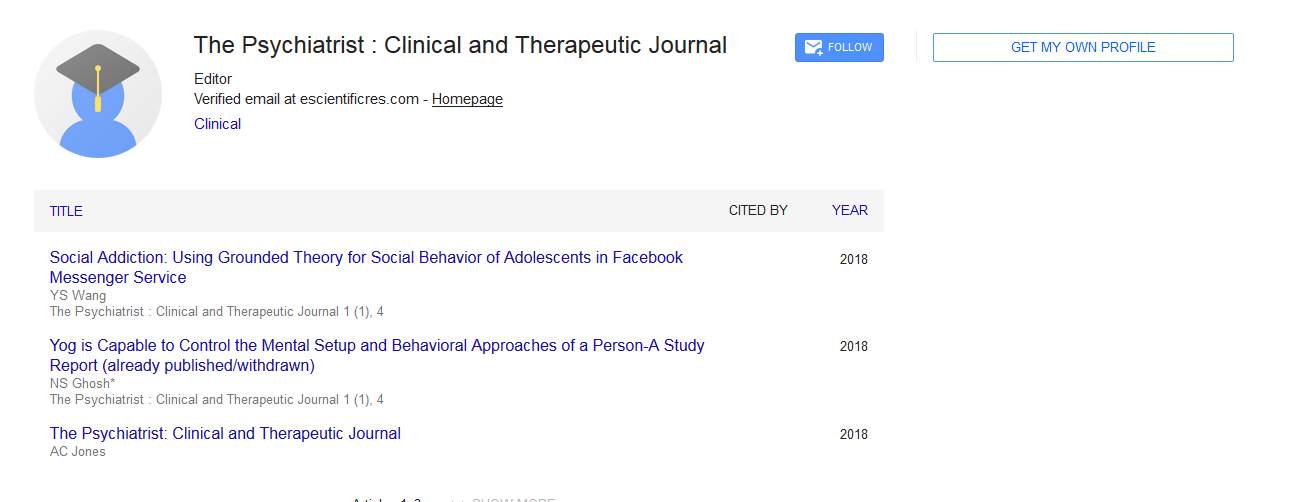Relapse prevention of treatment of obsessiveâcompulsive disorder
*Corresponding Author:
Copyright: © 2020 . This is an open-access article distributed under the terms of the Creative Commons Attribution License, which permits unrestricted use, distribution, and reproduction in any medium, provided the original author and source are credited.
Abstract
Over the past three decades, obsessive-compulsive disorder (OCD) has moved from an almost untreatable, life-long psychiatric disorder to a highly manageable one. This is a very welcome change to the 1% adults with this disorder as, thanks to advances in both pharmacological and psychological therapies, prognosis for those afflicted with OCD is quite good in the long term, even though most have comor-bid disorders that are also problematic. We still have far to go, however, until OCD can b either easily treatable or the effective treatments are widely known about among clinicians. This review focuses on the current state of the art in treatment for OCD and where we still are coming up short in our work as a scientific communit example, while the impact of medications is quite strong for adults in reducing OCD symptoms, current drugs are only somewhat effective for children. In addition, there are unacceptably high relapse rates across both populations when treated with pharmacological alone. Even in the cognitive-behavioural treatments, which show higher effect sizes and lower relapse rates than drug therapies, drop-out rates are at a quarter of those who begin treatment. This means a sizable portion of the OCD population who do obtain effective treatments (which appear to be only a portion of the overall population) are not effectively treated. Suggestions for future avenues of research are also presented. These are primarily focused on increased dissemination of effective therapies; augmentation of treatments for those with residual symptoms, both for psychotherapy and pharmacotherapy; and the impact of co morbid disorders on treatment outcome.

 Spanish
Spanish  Chinese
Chinese  Russian
Russian  German
German  French
French  Japanese
Japanese  Portuguese
Portuguese  Hindi
Hindi 